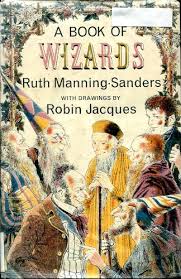
General Vibe and Plot and Characters:
Adventures with Waffles was a total surprise; a gifted book and strong recommendation led me to reading this book aloud without knowing a thing about it. The book is told from the perspective of Trille, a boy who has a best friend who lives next door, Lena. Lena lives and moves recklessly and usually she is the one who instigates the adventures and also the one to end the adventures with an explosion, a crash, or broken limb. If this book was merely a collection of small adventures, it would be a solid read with interesting characters in an interesting, modern Norwegian town. However, there are deeper questions that start to inflect the narrative. Trille really looks to Lena as his best friend, but he cannot tell if Lena thinks of him in the same way. The book, especially on reflection--because it does not spell these themes out heavily--is really meditating on ideas of what is a family, what is friendship, and what is a community, and what is passed down through the generations. They explore the nursing home down the road, a mad man on the hill who's best friend is a horse that he has to sell to get slaughtered, Trille's three generation, multi-ethnic household, the small harbor community where they live, and even Lena's family who is being raised by a single mother and the humorous returned-to question, "what is a father for?" At one point in the narrative, the story turns and becomes shockingly real as one of the characters dies. There is no build up to this; rather, just like in real life, one day that character is there, and then they are gone. I've never read a book where the death of the character is such a gut punch. As I read this chapter, I could barely register what I was reading, and my voice cracked and changed toned, unintentionally. There were some sniffles that night. But I've also never read a book that has dealt with death and loss so beautifully. The resolution has so much integrity that I really cannot recommend the book too highly. That being said, the book has so much humor and goodwill that it's really not a heavy or dark read.
Recommendations for future reads:
There's a sequel that I will read in a couple of years as it takes place a couple years later called, Lena, the Sea, and Me. I'm too curious to know if Maria Parr captured lightening in the bottle with the one book or if she is such a gifted novelist that she can reproduce such magic again and again.




